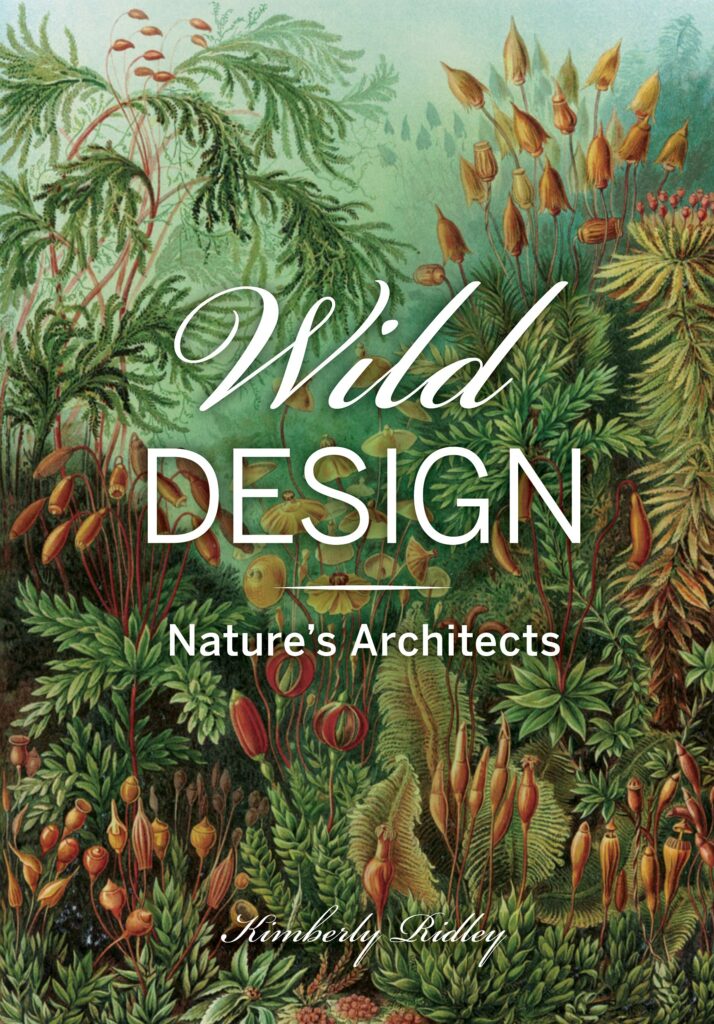
By Kimberly Ridley
Princeton Architectural Press, 2021
112 pages, hardcover, $24.95
The Maine-based, award-winning children’s book author Kimberly Ridley shares her sense of wonder for the natural world with adults in her latest release, “Wild Design: Nature’s Architects.” By pairing brief essays on the forms of nature — including stalactites, coral reefs, pitcher plants and beaver lodges, to name a few — with reprints of antique botanical illustrations, Ridley has created a “miniature cabinet of curiosities” for readers to enjoy.
The book is short — I read it in two sittings — but the illustrations and their captions stand to be revisited again. As do the forms of the natural world around us. While the natural history presented is not specific to Maine, or the Northeast, many of the specimens included are familiar ones.
In a chapter titled “Glass Houses,” Ridley describes the architecture of radiolarians, marine zooplankton, and diatoms, microscopic algae. You may know the latter as diatomaceous earth, which is commonly used as an organic pesticide. The algae dust absorbs the oils from the exoskeletons of insects, while the sharp edges of the fossilized diatoms lacerate the exoskeletons, and the cumulative effect is death by dehydration. (It is also used as a natural flea treatment on pets and for mite removal on poultry to the same effect.) But do you know what the diatoms look like? Ridley describes the transparent silica shells, called frustules, as follows: “Often patterned with pores, frustules resemble a multitude of familiar objects, including gears, sieves, pillboxes, barbells, stars, and sombreros.” I will never look at diatomaceous earth quite the same again.
I will also bring fresh eyes to sunflowers thanks to this book. The sunflower, and other members of the daisy family, Asteraceae, are composed of hundreds, or even thousands, of tiny flowers. “Like the nautilus shell, these florets grow in a logarithmic spiral following the Fibonacci sequence,” writes Ridley. All these florets are enticing to pollinators — the daisy family has proliferated to include nearly 25,000 members.
Other ascensions in the living library of wild design include minerals and rocks, shells and reefs, fungi, arthropods and birds. Reading this book reminded me of the picture books about nature that I cherished as a child — those, too, were invitations to reconnect and rekindle a sense of wonder.
– Holli Cederholm
